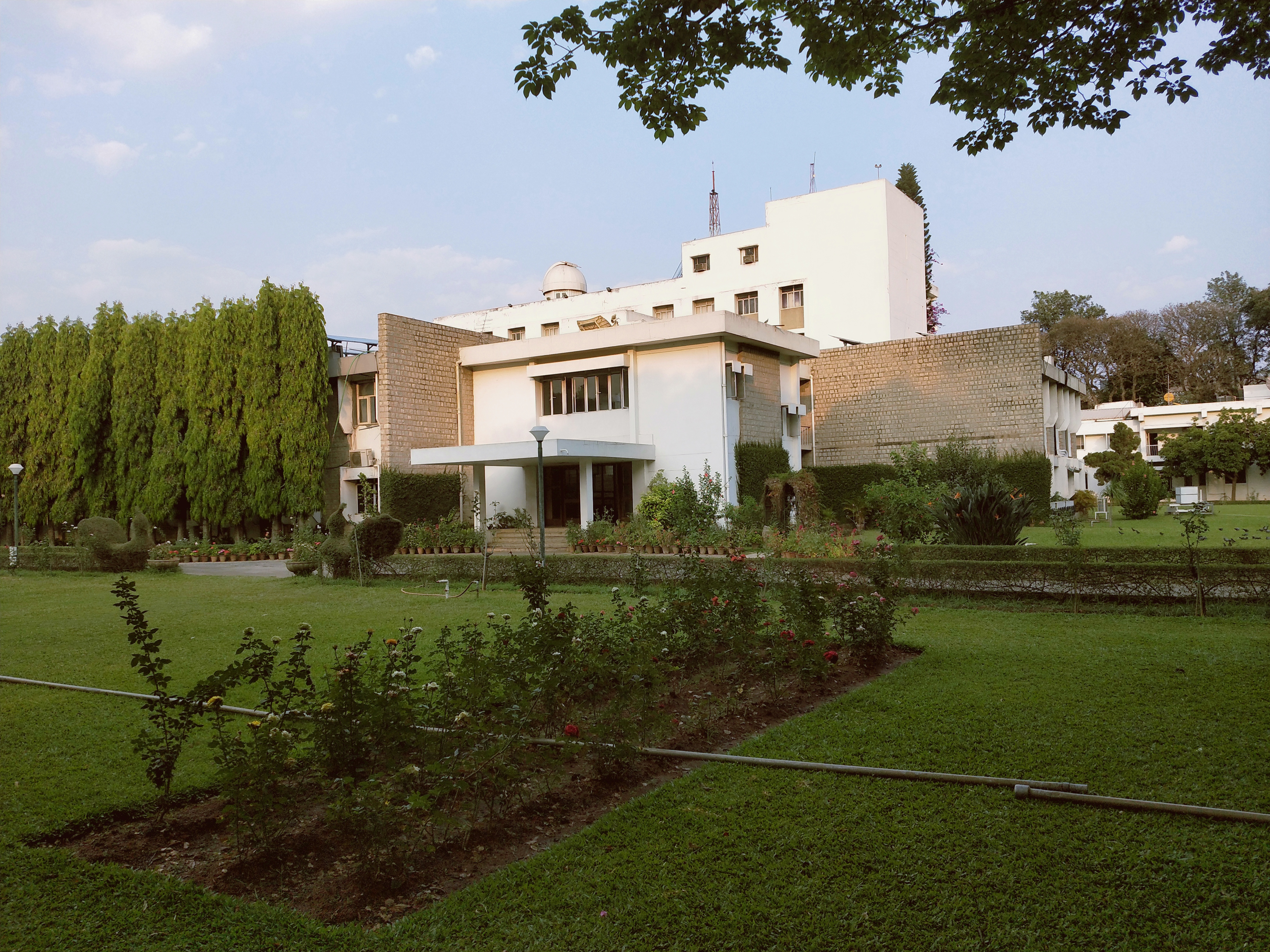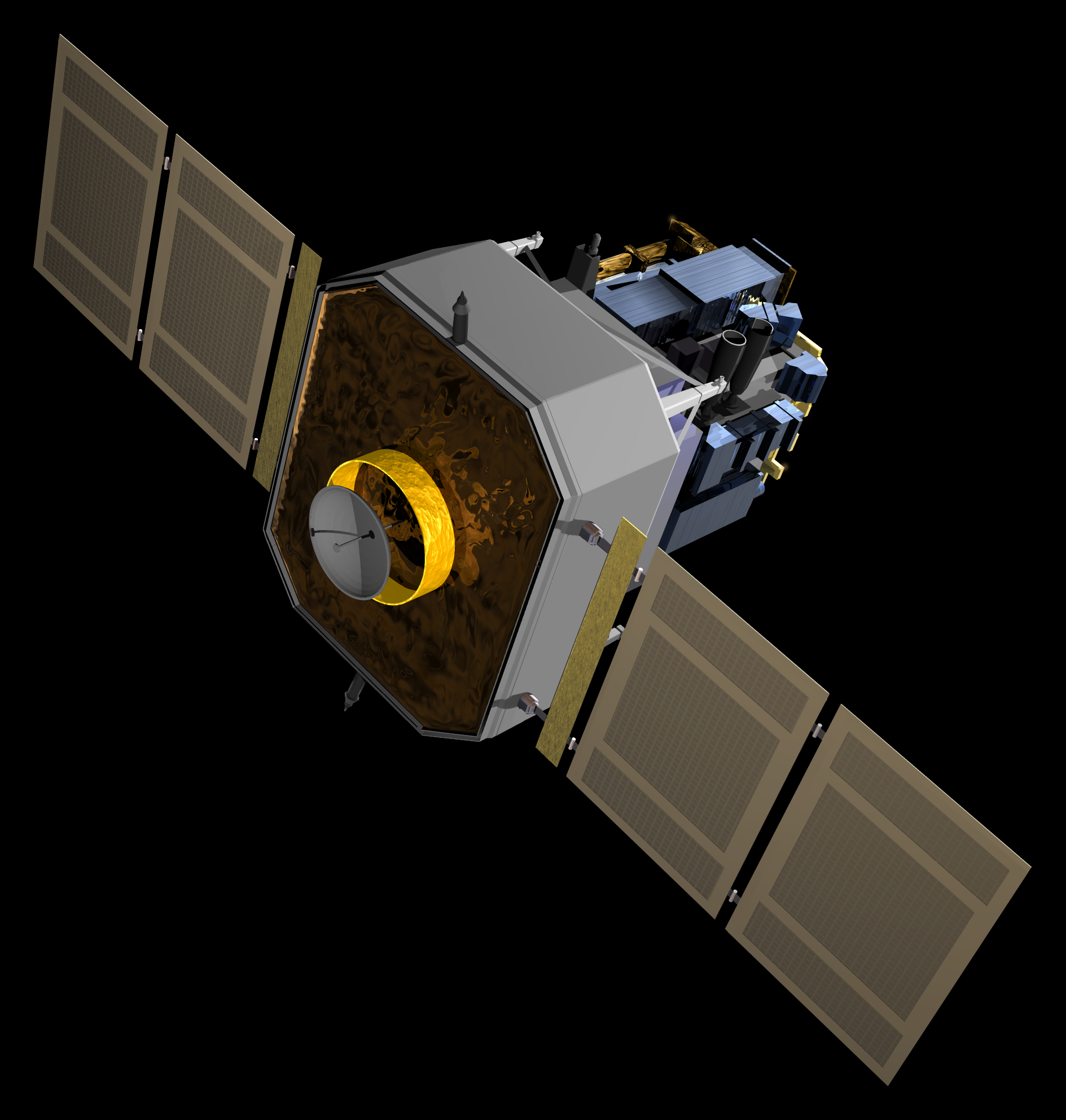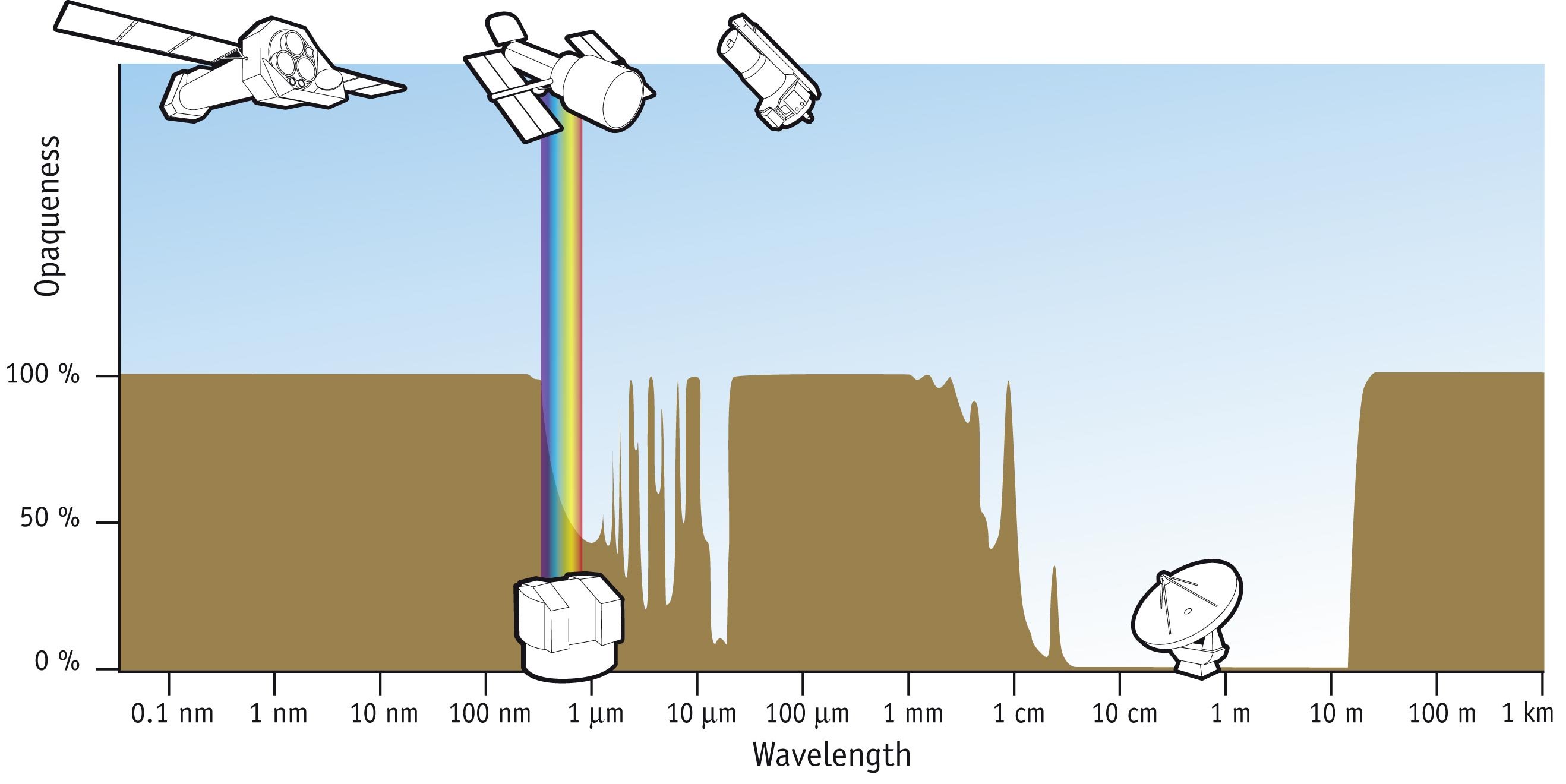|
Sankarasubramanian. K
Sankarasubramanian. K is an Indian solar scientist who works at thU R Rao Satellite Centre (URSC)of Indian Space Research Organisation (ISRO), India's national space agency. He is the principal scientist of Aditya-L1, India's first solar mission, which was launched successfully on 2 September 2023. He is also heading the Space Astronomy Group of URSC Education Sankarasubramanian carried out his PhD in physics at the Indian Institute of Astrophysics, Bangalore, Karnataka, through the Bangalore University. His research areas of interest are instrumentation, optics and the solar magnetic field. He obtained his master's degree in physics from The American College, Madurai, Tamil Nadu, and bachelor's degree in physics from The MDT Hindu College, Tirunelveli. After his PhD from the Indian Institute of Astrophysics, Bangalore, Karnataka, he carried out his post-doctoral research at thNational Solar Observatory New Mexico, US, where he was the principal investigator for thDiffractio ... [...More Info...] [...Related Items...] OR: [Wikipedia] [Google] [Baidu] |
Indian Institute Of Astrophysics
The Indian Institute of Astrophysics (IIA), with its headquarters in Bengaluru, is an autonomous research institute wholly funded by the Department of Science and Technology, Government of India. IIA conducts research primarily in the areas of astronomy, astrophysics and related fields. The institute has a network of laboratories and observatories in India, including Kodaikanal (the Kodaikanal Solar Observatory), Kavalur (the Vainu Bappu Observatory), Gauribidanur (the Gauribidanur Radio Observatory), Hanle (the Indian Astronomical Observatory) and Hosakote. IIA contributed to Astrosat, India's first dedicated multi-wavelength space observatory. The Astrosat project is a collaborative effort of many different research institutions from India. The institute led the development of Ultra-Violet Imaging Telescope (UVIT). Areas of research Researchers at IIA work on a diverse set of topics related to Astronomy and Astrophysics. However, the research can be broadly classifi ... [...More Info...] [...Related Items...] OR: [Wikipedia] [Google] [Baidu] |
SPIE
SPIE (formerly the Society of Photographic Instrumentation Engineers, later the Society of Photo-Optical Instrumentation Engineers) is an international not-for-profit professional society for optics and photonics technology, founded in 1955. It organizes technical conferences, trade exhibitions, and continuing education programs for researchers and developers in the light-based fields of physics, including: optics, photonics, and imaging engineering. The society publishes peer-reviewed scientific journals, conference proceedings, monographs, tutorial texts, field guides, and reference volumes in print and online. SPIE is especially well-known for Photonics West, one of the laser and photonics industry's largest combined conferences and tradeshows which is held annually in San Francisco. SPIE also participates as partners in leading educational initiatives, and in 2020, for example, provided more than $5.8 million in support of optics education and outreach programs around the ... [...More Info...] [...Related Items...] OR: [Wikipedia] [Google] [Baidu] |
Year Of Birth Missing (living People)
A year is a unit of time based on how long it takes the Earth to orbit the Sun. In scientific use, the tropical year (approximately 365 solar days, 5 hours, 48 minutes, 45 seconds) and the sidereal year (about 20 minutes longer) are more exact. The modern calendar year, as reckoned according to the Gregorian calendar, approximates the tropical year by using a system of leap years. The term 'year' is also used to indicate other periods of roughly similar duration, such as the lunar year (a roughly 354-day cycle of twelve of the Moon's phasessee lunar calendar), as well as periods loosely associated with the calendar or astronomical year, such as the seasonal year, the fiscal year, the academic year, etc. Due to the Earth's axial tilt, the course of a year sees the passing of the seasons, marked by changes in weather, the hours of daylight, and, consequently, vegetation and soil fertility. In temperate and subpolar regions around the planet, four seasons a ... [...More Info...] [...Related Items...] OR: [Wikipedia] [Google] [Baidu] |
Living People
Purpose: Because living persons may suffer personal harm from inappropriate information, we should watch their articles carefully. By adding an article to this category, it marks them with a notice about sources whenever someone tries to edit them, to remind them of WP:BLP (biographies of living persons) policy that these articles must maintain a neutral point of view, maintain factual accuracy, and be properly sourced. Recent changes to these articles are listed on Special:RecentChangesLinked/Living people. Organization: This category should not be sub-categorized. Entries are generally sorted by family name In many societies, a surname, family name, or last name is the mostly hereditary portion of one's personal name that indicates one's family. It is typically combined with a given name to form the full name of a person, although several give .... Maintenance: Individuals of advanced age (over 90), for whom there has been no new documentation in the last ten ... [...More Info...] [...Related Items...] OR: [Wikipedia] [Google] [Baidu] |
Solar Physics
Solar physics is the branch of astrophysics that specializes in the study of the Sun. It intersects with many disciplines of pure physics and astrophysics. Because the Sun is uniquely situated for close-range observing (other stars cannot be resolved with anything like the spatial or temporal resolution that the Sun can), there is a split between the related discipline of observational astrophysics (of distant stars) and observational solar physics. The study of solar physics is also important as it provides a "physical laboratory" for the study of plasma physics. History Ancient times Babylonians were keeping a record of solar eclipses, with the oldest record originating from the ancient city of Ugarit, in modern-day Syria. This record dates to about 1300 BC. Ancient Chinese astronomers were also observing solar phenomena (such as solar eclipses and visible sunspots) with the purpose of keeping track of calendars, which were based on lunar and solar cycles. Unfortunately, rec ... [...More Info...] [...Related Items...] OR: [Wikipedia] [Google] [Baidu] |
X-ray Astronomy
X-ray astronomy is an observational branch of astronomy which deals with the study of X-ray observation and detection from astronomical objects. X-radiation is absorbed by the Earth's atmosphere, so instruments to detect X-rays must be taken to high altitude by Balloon-borne telescope, balloons, sounding rockets, and X-ray astronomy satellite, satellites. X-ray astronomy uses a type of space telescope that can see x-ray radiation which standard optical telescopes, such as the Mauna Kea Observatories, cannot. X-ray generation, X-ray emission is expected from astronomical objects that contain extremely hot gases at temperatures from about a million kelvin (K) to hundreds of millions of kelvin (MK). Moreover, the maintenance of the E-layer of ionized gas high in the Earth's thermosphere also suggested a strong extraterrestrial source of X-rays. Although theory predicted that the Sun and the stars would be prominent X-ray sources, there was no way to verify this because Earth's atmo ... [...More Info...] [...Related Items...] OR: [Wikipedia] [Google] [Baidu] |
Chandrayaan-3
Chandrayaan-3 ( ) is the third mission in the Chandrayaan programme, a series of Exploration of the Moon, lunar-exploration missions developed by the ISRO, Indian Space Research Organisation (ISRO). The mission consists of a Chandrayaan-2#Vikram lander, ''Vikram'' lunar lander and a Pragyan (Chandrayaan-3), ''Pragyan'' lunar rover, as replacements for the equivalents on Chandrayaan-2, which had crashed on landing in 2019. The spacecraft was launched on July 14, 2023, at 14:35 India standard time, IST from the Satish Dhawan Space Centre (SDSC) in Sriharikota, India. It entered lunar orbit on 5 August, and touched down near the lunar south pole, at 69°S, on 23 August 2023 at 18:04 IST (12:33 Coordinated Universal Time, UTC). With this landing, ISRO became the fourth national space agency to successfully Moon landing, land on the Moon, after the Soviet space program, NASA and China National Space Administration, CNSA. The lander was not built to withstand the cold temperatures of ... [...More Info...] [...Related Items...] OR: [Wikipedia] [Google] [Baidu] |
X-ray Polarimeter Satellite
The X-ray Polarimeter Satellite (XPoSat) is an ISRO, Indian Space Research Organisation (ISRO)-manufactured space observatory to study Polarization (waves), polarisation of X-ray astronomy, cosmic X-rays. It was launched on 1 January 2024 on a Polar Satellite Launch Vehicle, PSLV rocket, and it has an expected operational lifespan of at least five years. The telescope was developed by the Raman Research Institute (RRI) in close collaboration with the U R Rao Satellite Centre (URSC). Per ISRO, this mission will complement the efforts of US space agency NASA, which launched its Imaging X-ray Polarimetry Explorer (IXPE) in 2021 by observing space events across a broad energy range of 2–30 keV. Overview Studying how radiation is polarised gives away the nature of its source, including the strength and distribution of its magnetic fields and the nature of other radiation around it. XPoSat will study the 50 locally brightest (known) sources in the universe consisting of, var ... [...More Info...] [...Related Items...] OR: [Wikipedia] [Google] [Baidu] |
U R Rao Satellite Centre
The U R Rao Satellite Centre (URSC), formerly ISRO Satellite Centre (ISAC) () is an ISRO centre for the design, development, and construction of Indian satellites. It was established in 1972 as Indian Scientific Satellite Project (ISSP) in Peenya Industrial Estates of Bangalore. ISAC was renamed as U. R. Rao Satellite Centre (URSC) after the former ISRO Chairman and ISAC founding director Dr. Udupi Ramachandra Rao with effect from 2 April 2018. URSC is situated in Vimanapura Post. The centre launched its 100th satellite on 12 January 2018, encompassing the INSAT series, the IRS series, and GSAT communication satellites. Organisations under URSC include the Laboratory for Electro-Optics Systems (LEOS) and the ISRO Satellite Integration and Testing Establishment (ISITE). Organisation Like other ISRO centres, URSC is organised using matrix management. The centre is divided into Functional Areas such as Control and Mission Area, Electronic Systems Area, Mechanical Systems Ar ... [...More Info...] [...Related Items...] OR: [Wikipedia] [Google] [Baidu] |
Chandrayaan-2
Chandrayaan-2 (; from Sanskrit: , "Moon" and , "craft, vehicle") is the second lunar exploration mission developed by the Indian Space Research Organisation (ISRO) after Chandrayaan-1. It consists of a lunar orbiter, the ''Vikram'' lunar lander, and the ''Pragyan'' rover, all of which were developed in India. The main scientific objective is to map and study the variations in lunar surface composition, as well as the location and abundance of lunar water. The spacecraft was launched from the second launch pad at the Satish Dhawan Space Centre in Andhra Pradesh on 22 July 2019 at 09:13:12 UTC by a LVM3-M1 rocket. The craft reached lunar orbit on 20 August 2019. The ''Vikram'' lander attempted a lunar landing on 6 September 2019; the lander crashed due to a software error. The lunar orbiter continues to operate in orbit around the Moon. A follow-up landing mission, Chandrayaan-3, was launched in 2023 and successfully performed a lunar landing. History On 12 November 20 ... [...More Info...] [...Related Items...] OR: [Wikipedia] [Google] [Baidu] |
Chandrayaan-1
Chandrayaan-1 (; from Sanskrit: , "Moon" and , "craft, vehicle") was the first Indian lunar probe under the Chandrayaan programme. It was launched by the Indian Space Research Organisation (ISRO) in October 2008, and operated until August 2009. The mission consisted of an orbiter and an impactor. India launched the spacecraft using a PSLV-XL (C-11) rocket on 22 October 2008 at 00:52 UTC from Satish Dhawan Space Centre (SDSC), at Sriharikota, Andhra Pradesh. The mission was a major boost to India's space program, as India researched and developed its own technology to explore the Moon. The vehicle was inserted into lunar orbit on 8 November 2008. On 14 November 2008, the Moon Impact Probe separated from the Chandrayaan orbiter at 14:36 UTC and struck the south pole in a controlled manner. The probe hit near the crater Shackleton at 15:01 UTC. The location of the impact was named Jawahar Point. With this mission, ISRO became the fifth national space agency to reach the lu ... [...More Info...] [...Related Items...] OR: [Wikipedia] [Google] [Baidu] |







